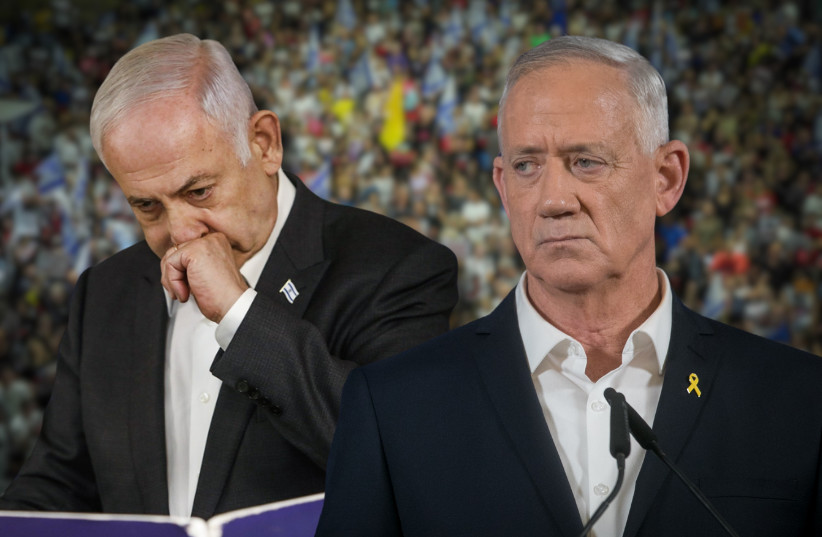Public opinion polls are a central part of our lives, especially the media’s weekly election polls. These influence public opinion and can create reality, in that they often direct the voter to “go with the flow.” The 2006 trajectory of the Gil – Pensioners’ Party led by Rafi Eitan is a prime example. Throughout the Knesset election campaign, Gil did not appear able to pass the necessary threshold until it was finally awarded two parliamentary seats in the final poll, published just before the election. This poll inspired many voters, who had feared a vote for Gil might be wasted, to cast their votes for it, causing the party to win a shocking seven seats.
Not only is the general public affected by the polls, Israeli politicians, too, rely heavily on public opinion polls before they make decisions, even those that are fateful for the future of the Jewish state.
This is what prime minister Yitzhak Rabin did before deciding to go along with the Oslo Accords route after polls clearly showed that a large majority of the Israeli public supported the idea of “Gaza and Jericho first.”
Ehud Barak, during his time as prime minister, also greatly utilized public opinion polls during negotiations with the Palestinians and vis-à-vis Syria. One of the reasons Barak decided not to move forward in negotiations with Syria was the fact that the majority of the Israeli public polled opposed withdrawal from the Golan Heights in exchange for peace with Damascus.
What do polls say about Prime Minister Benjamin Netanyahu's future?
While different public opinion polls have demonstrated similar results in the past, recently there has been a significant difference between the main polling institutes. This situation has created two parallel realities when it comes to Israeli public opinion. A June 10 poll conducted by a Midgam Institute and announced on Channel 12 accorded the current coalition led by Prime Minister Benjamin Netanyahu a total of 51 seats, while another poll published on the same day by Direct Polls on Channel 14 gave it 59 seats.
The current differences between the polls are mainly manifest in the results of the Likud and the National Unity – the two major parties identified with the Israeli mainstream – while the distribution of mandates for the other parties remains almost identical. Thus, while on Channel 12 National Unity leads with 22 seats compared to 19 for Likud, on Channel 14 Likud leads with 26 seats in comparison to National Unity’s 17.
While before the 2022 elections, the polls were more or less the same, although the Channel 14 poll was the only one that predicted a majority for the Netanyahu bloc, it seems that since 2023 there has been a change in the way the two polls sample Israeli society. The difference is particularly noticeable in the polling results since the Hamas attack.
On the one hand, while the Channel 14 polls evidence a reality according to which the October 7 failure did not significantly affect Prime Minister Netanyahu’s Likud Party in terms of the number of Knesset seats, on Channel 12, the polls show Likud crashing from 28 seats to 18.
On the other hand, concerning Benny Gantz’s National Unity party, polls show the opposite picture: While on Channel 12, Gantz’s party has gained seats, rising from 27 to 37, Channel 14 polls show a reality according to which the October 7 failure had almost no effect on National Unity in terms of parliamentary places.
The million-dollar question is, of course, which of the polls presents an accurate picture of reality? We will only have the answer when we go to the polling stations. Until then, it seems that each side in Israel’s polarized politics will continue to see the reality that is convenient for them, reflected in the polls they follow, whether on Channel 12, which is ideologically identified with the opposition, or on Channel 14, which is identified with the coalition.
Netanyahu will continue to enjoy Channel 14’s polls which show his political status as stable, while Gantz will prefer to view his reality through the Channel 12 polls. Ultimately, the reality is somewhere in the middle.
The writer is a lecturer and research fellow at the University of South Wales, UK. His most recent book is Israel: National Security and Securitization (Springer, 2023). His new book about the Labor Party will be published soon by Resling.

